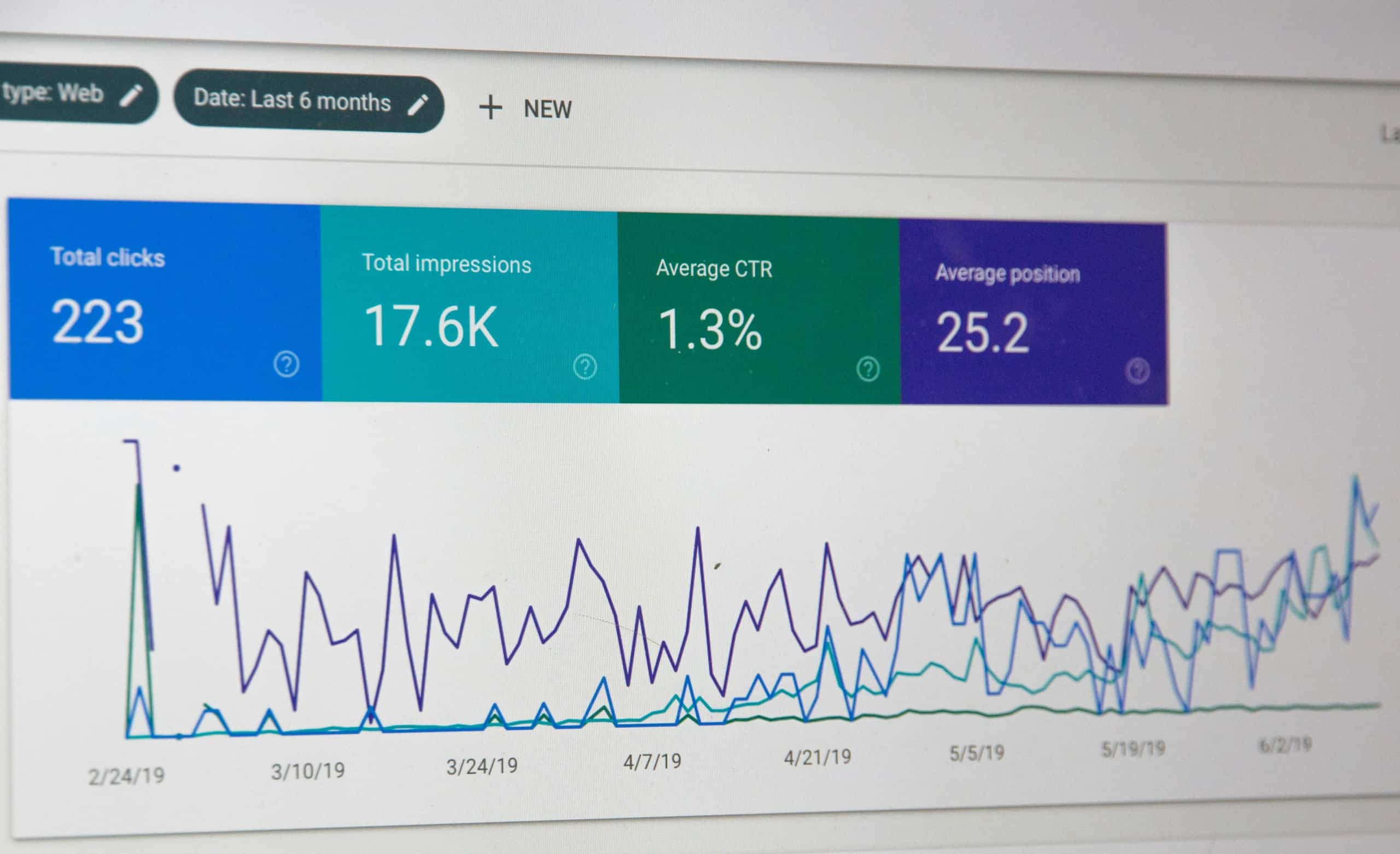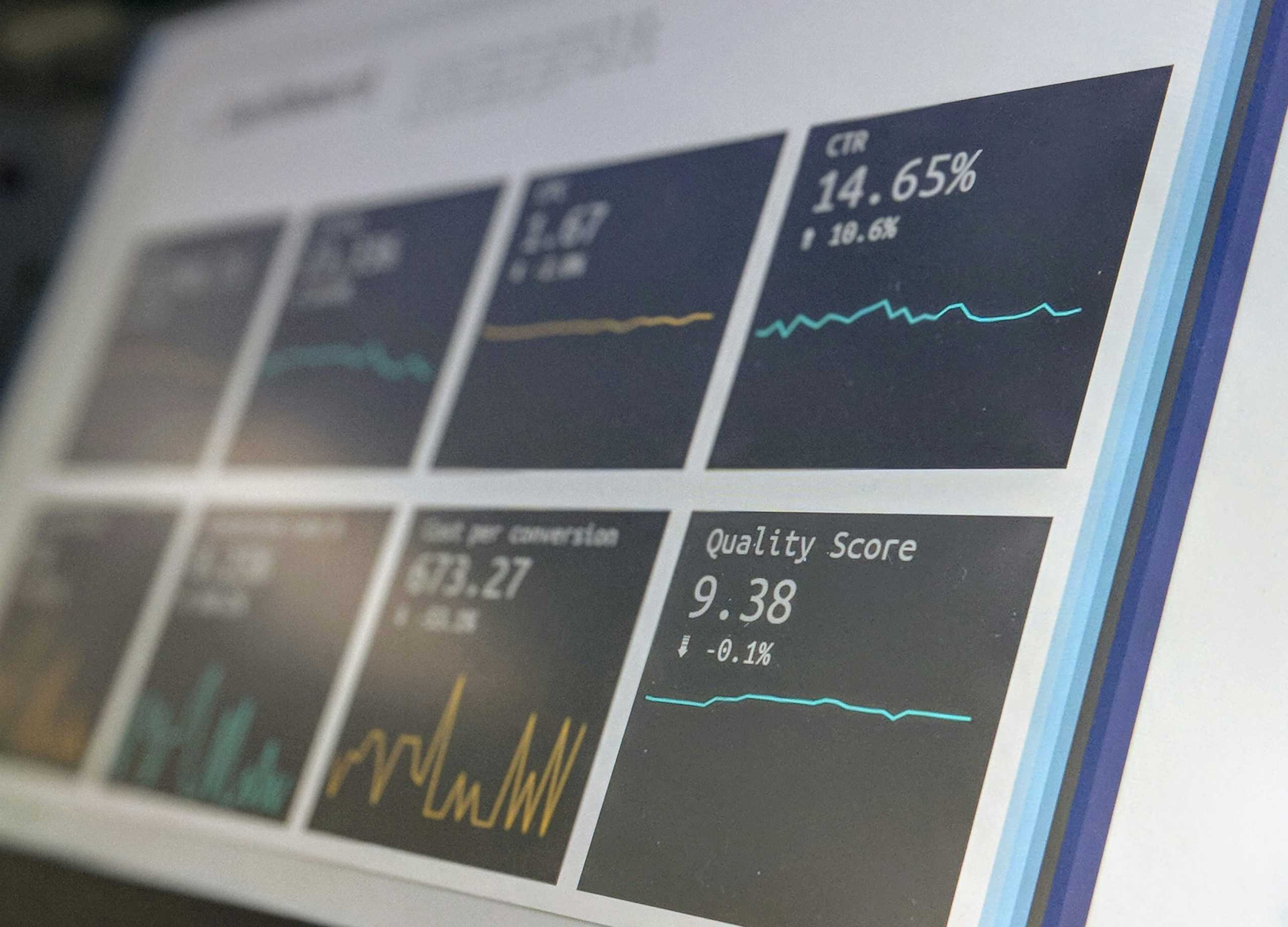In a world where information is power, data-driven decision-making has become the cornerstone of success for organizations across all industries. Imagine being able to predict customer behavior with uncanny accuracy or optimize business operations to perfection—all thanks to the power of data. As we venture into 2024, the realm of data-driven decision-making continues to evolve and expand, offering unparalleled insights and opportunities for those willing to harness its full potential. In this comprehensive guide, we delve deep into the intricacies of data-driven decision-making, exploring its applications, benefits, and best practices in an ever-evolving digital landscape. So buckle up as we embark on a journey through the fascinating world of data analytics and discover how it shapes the decisions that drive businesses towards unprecedented growth and innovation.
Definition: Understanding data-driven decision-making
Data-driven decision-making is the art of harnessing the power of data to guide strategic choices within an organization. This approach involves collecting, analyzing, and interpreting relevant data to make informed decisions that are supported by evidence rather than just gut feelings. By leveraging data, businesses can uncover hidden patterns, trends, and insights that can lead to more effective strategies and improved outcomes.
Furthermore, data-driven decision-making allows organizations to optimize their processes and enhance overall performance by using objective information to drive key decisions. Monte Carlo simulation software can play a crucial role in this methodology by allowing leaders to model various scenarios and assess potential risks, empowering them to make more informed choices. This approach encourages leaders to move beyond relying solely on intuition or past experiences and instead embrace a more analytical method to problem-solving. Ultimately, embracing data-driven decision-making can give businesses a competitive edge in today’s fast-paced and complex marketplace.
Applications: How data is used for decisions
In the digital age of intensive data collection, applications have become essential tools for making decisions across various industries. Organizations leverage data-driven insights to enhance strategic planning, optimize operations, and improve customer experiences. Data is no longer just raw information; it’s transformed into valuable intelligence that drives decision-making processes.
One fascinating application of data in decision-making is predictive analytics, where historical and real-time data are analyzed to forecast future trends or outcomes. By utilizing advanced algorithms and machine learning models, businesses can anticipate market shifts, identify potential risks, and seize opportunities before they arise. This proactive approach enables organizations to stay ahead of the curve in a rapidly evolving landscape.
Furthermore, the integration of artificial intelligence (AI) and big data has revolutionized decision-making practices by automating complex tasks and providing actionable insights at scale. Through AI-powered algorithms that analyze vast datasets swiftly, businesses can make informed decisions with higher accuracy and efficiency. As a result, leaders can confidently navigate uncertainties while driving innovation and growth in their respective sectors.
Benefits: Advantages of data-driven approach
Harnessing the power of a data-driven approach offers numerous advantages in today’s fast-paced business landscape. One key benefit is the ability to make informed decisions based on concrete evidence rather than gut feelings or guesswork. By analyzing data, organizations can uncover valuable insights that may not be apparent on the surface, leading to more accurate and strategic decision-making processes.
Furthermore, adopting a data-driven approach enables businesses to identify trends and patterns that can help them stay ahead of the competition. With access to real-time information, companies can pivot their strategies quickly in response to changing market conditions or consumer preferences. This proactive approach allows organizations to adapt and innovate rapidly, increasing their overall competitiveness and ensuring long-term success in an increasingly data-driven world.
Challenges: Potential obstacles in using data
Data-driven decision-making has brought forth various benefits across different industries, but it is not without its challenges. One potential obstacle in using data is the issue of data quality and accuracy. If the data collected is incomplete, outdated, or inaccurate, it can lead to faulty analyses and ultimately poor decision-making. Another challenge lies in the interpretation and understanding of data. Complex datasets can be difficult to navigate for decision-makers who may not have a strong background in data analysis, leading to misinterpretation and potentially incorrect conclusions.
Furthermore, privacy concerns surrounding personal data present a significant challenge when utilizing data for decision-making purposes. With strict regulations such as GDPR governing the use of personal information, companies must navigate these guidelines carefully to ensure compliance while still leveraging the valuable insights that individual-level data can provide. Overcoming these obstacles requires investment in robust data collection processes, ongoing training for employees on how to interpret and analyze data effectively, as well as a strong commitment to maintaining ethical standards when handling sensitive information.
Implementation: Steps to implement data-driven decisions
Implementing data-driven decisions is a critical process that involves several key steps to ensure success. The first step is to establish clear objectives and identify the specific business questions you aim to answer through data analysis. Once the goals are defined, it’s essential to gather relevant data from various sources such as customer feedback, sales reports, and website analytics.
Next, conduct thorough data analysis using tools like dashboards, visualization software, or advanced statistical methods to uncover insights and trends. It’s crucial to involve stakeholders from different departments in this process to gain diverse perspectives and ensure alignment with organizational goals. Lastly, make informed decisions based on the findings and track the outcomes over time to measure the effectiveness of your data-driven approach. By following these steps diligently, organizations can harness the power of data in making strategic decisions that drive growth and success.
In today’s rapidly evolving digital landscape, leveraging data for decision-making has become a competitive necessity rather than an option. Companies that embrace a culture of data-driven decision-making stand poised to stay ahead of their peers by leveraging real-time insights for strategic advancements. With technology rapidly advancing in big data analytics and machine learning capabilities further enhancing decision-making processes powered by rich datasets; businesses have an unprecedented opportunity to capitalize on actionable intelligence gleaned from their own operations as well as market dynamics.
Conclusion: Emphasize the value of data-driven choices
In conclusion, the value of data-driven choices cannot be understated in today’s rapidly evolving business landscape. By relying on hard evidence and insights derived from data analysis, organizations can make more informed decisions that are grounded in reality rather than intuition or guesswork. This approach not only minimizes risks but also maximizes opportunities for growth and innovation.
When data becomes the foundation of decision-making processes, businesses gain a competitive edge by staying ahead of market trends, understanding customer behaviors more intimately, and predicting future outcomes with greater accuracy. Moreover,
data-driven choices foster a culture of continuous improvement within an organization, as they provide clear benchmarks for measuring performance and identifying areas for optimization. As we journey further into the digital age, embracing data-driven decision-making is no longer a choice but a necessity for success in any industry.


